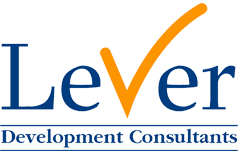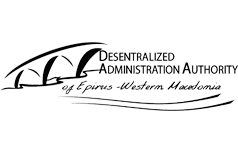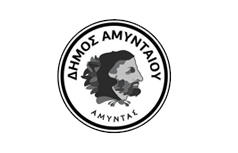Sub-Action D.2.1 Monitoring of the impact of action C2
The monitoring and assessment protocol of the project’s training actions will involve:
Developing of quantitative and qualitative indicators regarding the impacts of the training actions on: the people, the institutions, the procedures, the local communities and – overall – the natural environment in the project’s areas - tools for capturing values for the monitoring indicators, mainly questionnaires.
A robust reporting system able to capitalize the information gathered and processed by the tools and methods of the assessment methodology developed within the project
The assessment will include:
- Quantitative Indicators
- No of staff of key conservation actors that have been exposed to training actions BEFORE and AFTER the project’s training actions
- No of hours of staff training BEFORE and AFTER the project’s training actions
- No of initiatives, awareness and other local conservation actions BEFORE and AFTER the training actions
- No of incidents with bears that have been dealed with successfully managed BEFORE and AFTER the training actions
- Qualitative Indicators
- Attitudes and beliefs of the conservation staff BEFORE and AFTER training programmes
- Knowledge and skills of the conservation agencies staff BEFORE and AFTER training programmes
- Procedures and methodology used by the local conservation agencies BEFORE and AFTER the training actions
- Assessment Tools
EX ANTE: A questionnaire addressed to all the participants of the training courses BEFORE initiation of training process: the questionnaire will include key questions on the practices followed by the personnel of the conservation actors, as well as all the quantitative indices, by that time.
EX POST (short term): A questionnaire filled in by all training programs participants: this questionnaire will try to capture the change in attitudes/knowledge/skills that may have occurred to the participants throughout the training course
EX POST (medium term): A versatile questionnaire addressed staff involved with the conservation agencies, as well as the local communities and other relevant actors. This questionnaire will try to monitor the longer (medium) term impact of the project’s training actions on the institutions, on local communities attitudes and the conservation issues as a whole.
- Processing and Reporting Methods
The information gathered through the assessment tools will be statistically processed in order to provide comprehensible values to be used as indicators and for reporting purposes.
SubAction D.2.2 Monitoring the impact and the effectiveness of action C3
The aim of this action is to monitor the proper implementation and effectiveness of concrete action C3. To achieve this goal, an ex-post cost – benefit analysis will be conducted.
Indicators will both include quantitative and qualitative variables. For example, an issue that will be examined from quantitative perspective is the local driver’s willingness to pay an additional amount for the further enhancement of the infrastructure in place. It is also important to record the number of the road accidents historically, and throughout the action implementation, and create indicators with reference to the amount spent on action C3. Another indicator that to be considered is the number of speed limit violations reported in the regarded area. Finally, qualitative indicators such as the acceptance of the new infrastructure and the impact on the behavior the users of the local road network will be taken into account.
Moreover. The action foresees a group of experts to take responsibility for the proper maintenance of the infrastructure.
SubAction D.2.3 Monitoring the impact and the effectiveness of action C6
The aim of this action is to monitor the implementation of C6. Specific indicators will be defined and implemented (before, during and after the implementation of the actions).
Monitoring will consider:
- No of Anti-Poison First Aid Kits donated to shepherds, hunters, etc
- No of persons who received a Kit by the project AND used it (in cases of poisoned animals)
- No of poisoned animals who were saved due to the use of the Kit
- No of poisoned animals who died from the poison, although the Kit was used












